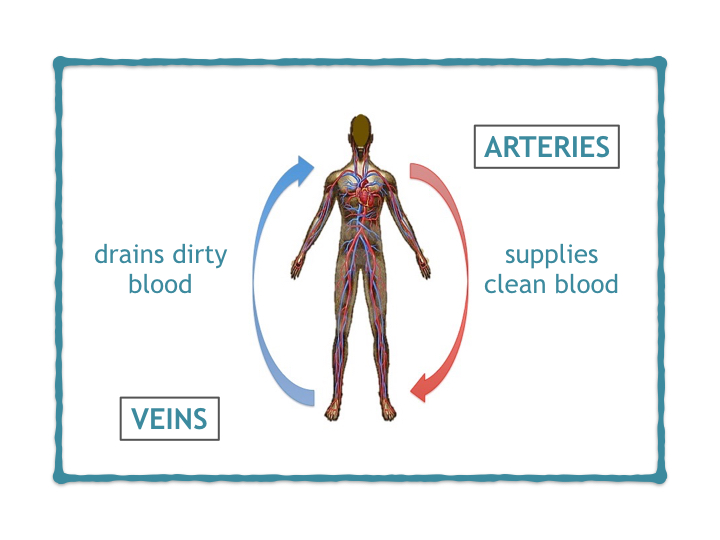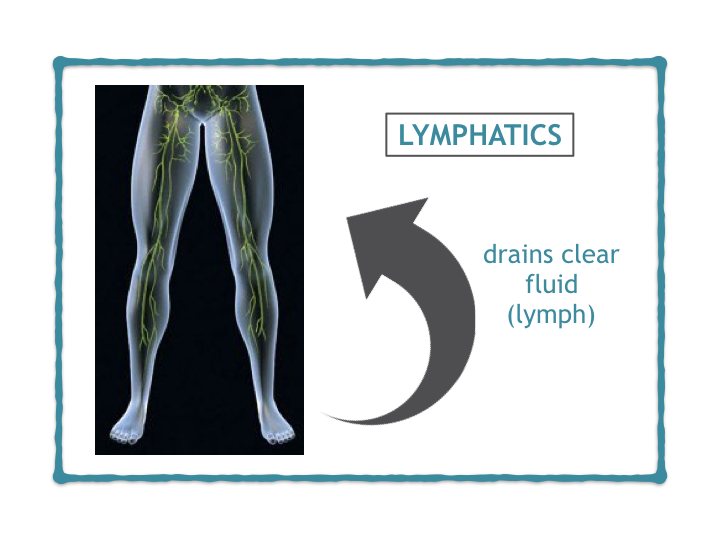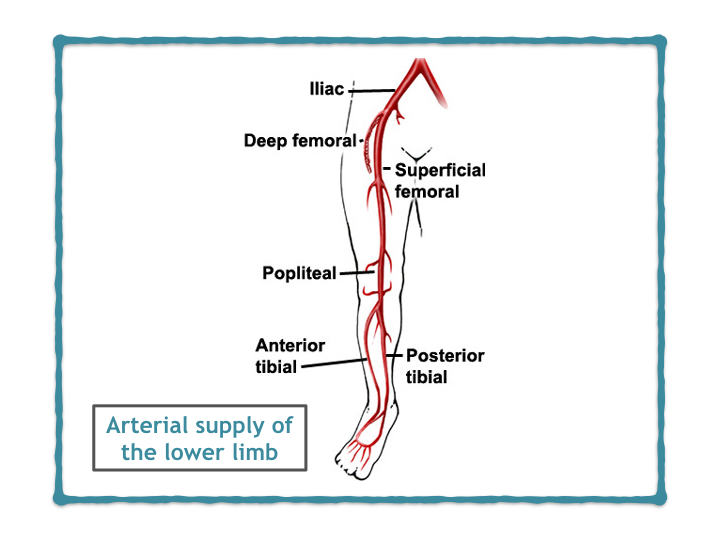Loading...
How does normal circulation take place?
The circulatory system is complex network of arteries, veins and lymphatics that transports blood along with its nutrients, gases, blood cells, hormones etc. to every cell in the body. The heart forms the core of this intricate system. This circulation aims to provide nourishment, immunity, maintain body temperature and optimize body function.

What are Arteries?
Arteries are blood vessels carry clean blood (with oxygen and other nutrients) from the heart to the various parts of the body.
What are Veins?
Veins are blood vessels that carry de-oxygenated blood (with carbon dioxide and waste products) from the various body parts back to the heart to be re-circulated.
What are Lymphatics?
Lymphatics are a third kind of vessel system that are tiny and extremely delicate and carry lymphatic fluid and proteins from the body back to the heart.

What is the arterial supply of the lower limb?
The aorta is the main blood vessel that leaves the heart and runs along the chest and abdomen. This then bifurcates into branches at the level of the lower abdomen and eventually enters enters the lower limbs as the femoral artery. This then supplies the lower limb through its varies branches as shown.

What is the venous drainage of the lower limb?
The veins of the leg are divided into 4 groups:
1. Deep Veins: The channel which drains 90% of the venous blood of the lower limb.
2. Superficial veins: Consists of the Great Saphenous Vein (along the front of the thigh and leg), The Short Saphenous Vein (along the back of the leg and/or thigh) and their tributaries.
3. Perforators: Conduits song which blood flows from the superficial to the deep system.
4. Musculovenous pump: Contraction of foot and leg muscles pumps the blood through one-way valves up and out of the legs

